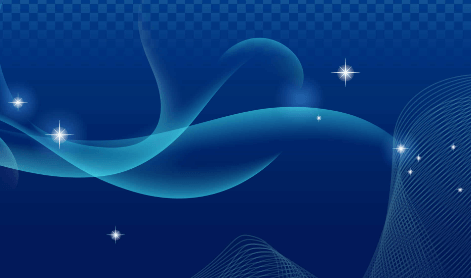Background:1funucjvmke= Color Blue

The Background:1funucjvmke= Color Blue has long been associated with a range of psychological and cultural implications, serving as a powerful tool in various domains such as marketing, design, and emotional well-being. Its ability to evoke feelings of tranquility and trust makes it an essential element in fostering meaningful connections. Moreover, blue’s significance extends beyond individual perception, influencing artistic endeavors and branding strategies across the globe. As we explore the multifaceted nature of blue, one must consider how its varied applications can shape both personal experiences and professional landscapes. What deeper impact might this color have in our everyday interactions?
Psychological Effects of Blue
The color blue, often associated with tranquility and calmness, exerts a profound influence on human psychology, affecting mood and behavior in significant ways.
Its calming effects foster feelings of serenity, reducing anxiety and promoting peace.
Emotionally, blue is linked to trust and reliability, encouraging open communication and deep connections.
This multifaceted hue invites individuals to embrace freedom through emotional stability and balanced interactions.
Cultural Significance of Blue
Blue, a color steeped in cultural significance, transcends geographical boundaries and historical contexts, manifesting diverse meanings and associations across various societies.
From representing tranquility and wisdom in Western cultures to embodying spirituality and protection in Eastern traditions, blue symbolism reveals humanity’s quest for freedom and expression.
These rich blue traditions serve as a testament to the color’s enduring impact on cultural identity and artistic expression.
Read Also Background:_6rsuekikru= Modern Wallpaper
Blue in Branding and Marketing
Color psychology plays a pivotal role in branding and marketing, with blue emerging as a dominant choice for many companies aiming to convey trust, dependability, and professionalism.
This hue fosters an emotional connection, encouraging brand loyalty among consumers. By evoking feelings of calm and stability, blue effectively differentiates brands, creating a lasting impression that resonates deeply with audiences seeking authenticity and freedom in their choices.
Applications of Blue in Design
A myriad of design applications leverage the unique qualities of blue to create visually compelling and emotionally resonant environments.
Blue color palettes evoke tranquility and trust, making them ideal for both corporate and creative spaces.
In typography, blue enhances readability while infusing designs with a calm aesthetic.
Together, these elements inspire freedom of thought and expression, inviting users to engage deeply with their surroundings.
Conclusion
The Background:1funucjvmke= Color Blue, embodying both tranquility and depth, serves as a bridge between emotional stability and cultural wisdom. While it calms the anxious mind and fosters trust, it simultaneously inspires creativity and connection across diverse societies. In branding, blue evokes loyalty and authenticity, reinforcing its significance in consumer relationships. Thus, blue emerges not only as a mere hue but as a powerful tool that intertwines psychological influence, cultural identity, and aesthetic appeal, shaping experiences in profound ways.




